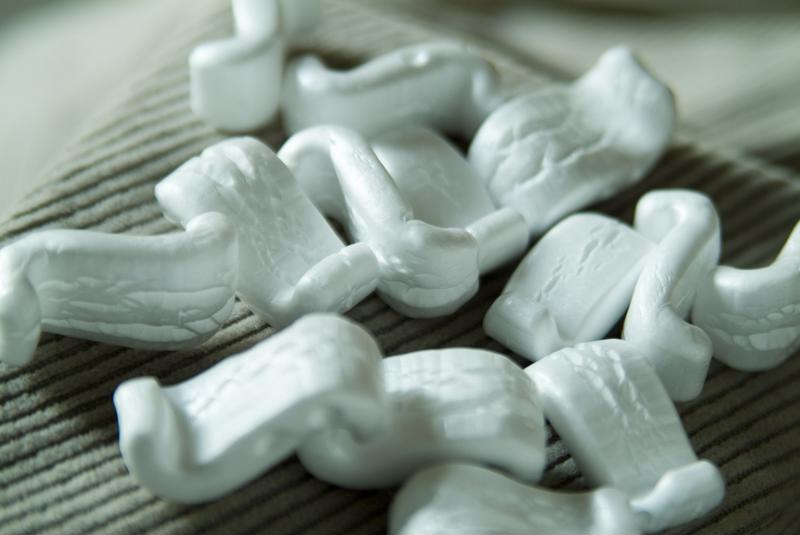Shipping musical instruments is often difficult because of their weight and fragility. Due to their size and shape, drums are often the most cumbersome instruments to move. When it comes to sending them long distances, it can be even trickier to package them to ensure they won't be damaged. However, that doesn't mean you have to leave your instruments behind every time you move away or spend a summer abroad as part of a percussion ensemble. In fact, even the largest and most inconvenient instruments – including the bass drum – can be shipped safely across long distances without much of a hassle.
Here are a few things to keep in mind the next time you're packing your percussion instruments:
Use the right packing materials
Professional musicians often utilize hardened plastic travel boxes to make sure their instruments stay safe throughout the journey. But if you can't afford the top-of-the-line equipment, it's a good idea to make the extra effort to find the right packing materials. Find a box that is large enough to hold your drums and sturdy enough to protect them from their surroundings. Inside the box, take advantage of materials like bubble wrap and packing peanuts to cushion your drums. By the time you are done packing, your drums should be securely positioned in the middle of the box, surrounded snugly on all sides by whatever packing materials you used.
Take apart the whole drum set
If you're shipping a single drum, you can disregard this piece of advice. If, however, you are shipping a drum kit, you should take the time to disassemble the drums piece by piece. Separate the heads, symbols and bass drum at least. Make sure you wrap each individual piece with plenty of packing material. The pieces of your drum kit will move around while they are en route to their destination, but you can limit the damage done by adding a few extra layers of bubble wrap.
Do your best to eliminate extra space
Regardless of what kind of drums you are shipping, it's important to use all of the space inside your shipping container. Doing so is good for a few reasons. For starters, the more space you occupy inside your shipping container, the less your drums will shift around. Secondly, if you don't have to use as many boxes to ship your drums, you'll save on shipping costs. If you pack your drums and there is still plenty of space in the container, don't hesitate to add a few extra handfuls of packing peanuts.
 Packing peanuts are great to hold everything in place.
Packing peanuts are great to hold everything in place.Secure it, tape it and double-check it
Once you have your drums packed up (and there is little to no room leftover anywhere inside your shipping container), it is time to secure them for shipping. To effectively keep the outside of your container closed, you shouldn't need anything more than tape! You don't even need to go out and spend money on specialty shipping tape – just use the duct tape you have laying around already! When it comes to deciding how much tape you need to use, err on the side of caution. Using an entire role of tape is not a big deal if your drums make it to their destination in good condition. Before you let your drums leave your possession, double-check that you've addressed your container properly. The last thing you want is to lose your drums!




